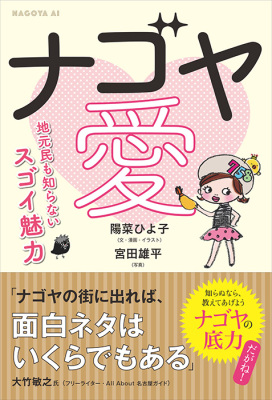2017年7月3日「ナターリヤ ゴンチャローワ生誕 136 周年」のGoogle

ナターリヤ・セルゲーエヴナ・ゴンチャローワ(ロシア語: Наталья Сергеевна Гончарова、英語: Natalia Sergeevna Goncharova、1881年7月4日 - 1962年10月17日)はロシア・アヴァンギャルド運動の著名な美術家・デザイナー。生涯にわたるパートナーとなるミハイル・ラリオーノフとともに立体未来主義を標榜した。同名の大叔母ナターリヤは、大詩人アレクサンドル・プーシキンの夫人である。
略歴
1881年にトゥーラ近郊の村ナガイェヴォに生まれる。モスクワ美術アカデミーに彫刻を学ぶが、1904年に絵画に復帰。ロシア民芸のプリミティヴな側面に深く触発されて、フォーヴィズムやキュビズムの要素も取り入れつつ、自作でプリミティヴィスムを確立しようと模索した。当初はラリオーノフとともにレイヨニスムを展開する。ふたりは革命前夜のロシア前衛芸術運動の主要な創始者であり、1912年に展覧会「ロバの尻尾」を主宰した。1911年にミュンヘンの前衛美術グループ「青騎士(Der Blaue Reiter)」に創設メンバーとして加入し、1912年の青騎士展にも出品。
「ロバのしっぽ」は西欧美術の影響力に意図的な歯止めを掛け、近代美術におけるロシア画派の独立を確定するものとして構想された。しかしながら後年のゴンチャローワの絵画では、ロシア未来派の影響が非常に如実である。当初はロシアの民具やイコンに心酔していたものの、ロシアでは、「自転車乗り」や、その後のレイヨニスムによる絵画で有名になった。ラリオーノフとともにモスクワの未来派の指導者として、イタリア未来派と同趣向の講演会も組織した。またゴンチャローワは、グラフィックデザインにも関与して、未来派の様式で挿し絵つきの本を出版した。
1915年にジュネーヴでバレエの衣裳と舞台をデザインする。1921年にパリに移り、セルゲイ・ディアギレフのロシア・バレエ団のために数々の舞台をデザインした。
1939年にフランスに帰化。1962年にパリに客死。
2007年6月18日に、クリスティーズに1909年の油彩画「リンゴ摘み」が出品されると、490万ポンドに高騰し、女性画家の作品としての最高額を達成し[1]、更に2010年2月には、同じくクリスティーズにおいて油彩画『スペイン』が642万5250ポンドで落札され記録を更新した。
ナターリヤ ゴンチャローワ生誕 136 周年
Today’s Doodle celebrates the 136th birthday of Russian art icon Natalia Goncharova. Her contributions to the avant-garde movements of the early 20th century have made her one of the most famous and sought-after female artists in the twenty-first century art market.
Goncharova was born on June 21st, 1881, in a small village southeast of Moscow in the Tula province.[WN] Her father Sergei Goncharov was a graduate of the Moscow Institute of Painting, Sculpture and Architecture, and Natalia began her career by attending the prestigious institute as well. She initially focused on sculpture, with great success; just three years after she began her studies, her work was shown at major Russian salons. In 1909, Goncharova left the institute to help form the Jack of Diamonds, an avant-garde group that focused on combining Russian folk art with developing styles like Russian Primitivism.
Later in her career, Goncharova’s work showed the influence of other emerging styles like Russian Futurism. As the Russian art scene overflowed with new movements, like Rayonism and Cubo-Futurism, Goncharova became a pioneering force. Critic and patron Sergei Diaghilev described her as “the most celebrated of [the] advanced painters” of her time. Later in life, her influence and portfolio expanded into new mediums as she traveled through Europe. In Geneva, Goncharova began designing ballet costumes and sets. She continued on to Paris, where she turned her talent to fashion design. Like her early work, the dresses she designed drew heavily on Russian folk art.
After decades of work and an international career, Goncharova died in Paris in October of 1962. Her pieces are displayed around the world at the Museum of Modern Art, the Tretyakov Gallery, Tate, and more. Today’s Doodle reflects Goncharova’s folk art influences and her distinctive, colorful style.



